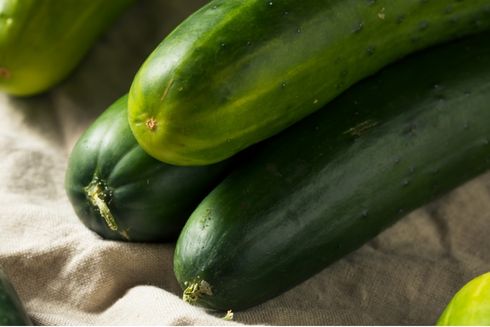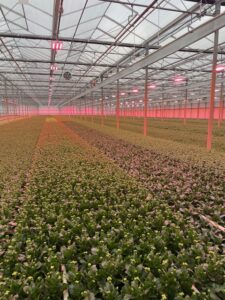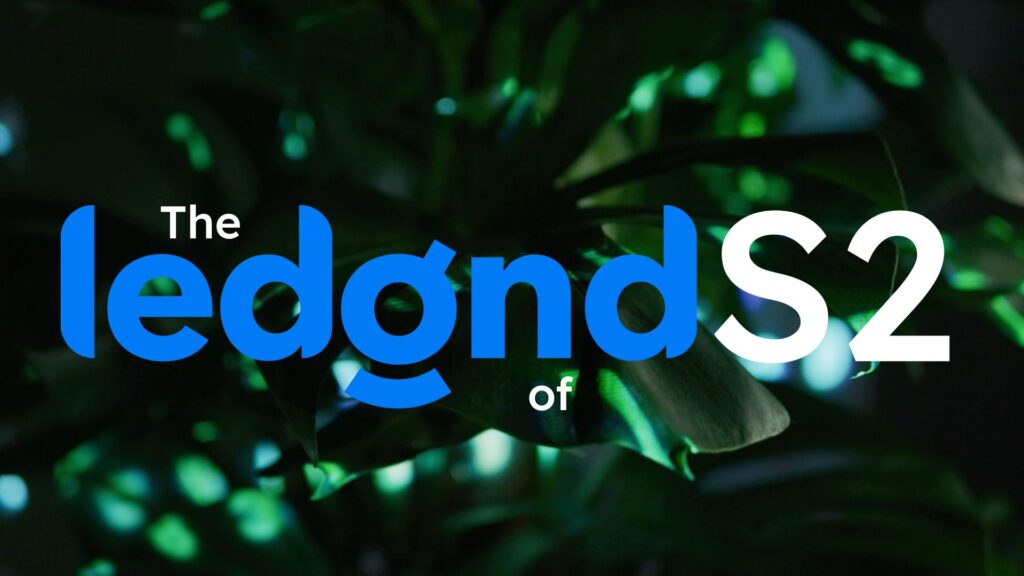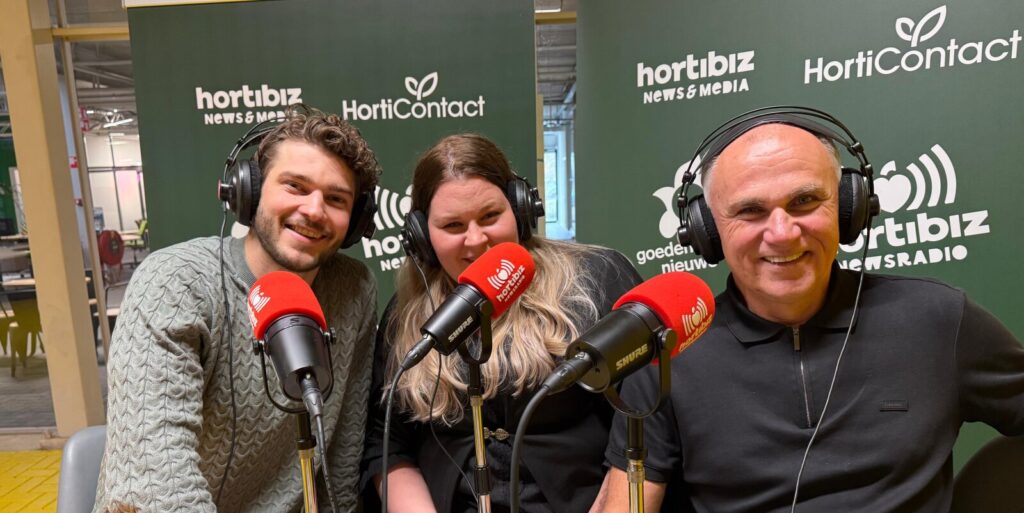Customer case of Pekam, with Dennis Leurs
At Pekam in Venlo, Dennis Leurs and his brother (the third generation) grow mini cucumbers on more than three hectares. After years of relying mainly on experience and intuition, they now want to know exactly what the plant is really doing. With a compact sensor set (including a photosynthesis-efficiency sensor) and MyLedgnd, they track in real time how the crop responds to the greenhouse microclimate. In recurring data sessions with Ledgnd, they translate graphs into concrete climate settings, allowing them to adjust at the moments that matter and “protect” the crop. That’s crucial with their three long production cycles per year: yield and quality remain high for longer. Their conclusion: you don’t need an ultra-modern greenhouse, with the right data and guidance, you get closer to what the plant needs.
The crop appears to be in better condition
User-friendly data viewing

About Pekam
At Pekam, experience and technology go hand in hand. In Venlo, Dennis Leurs and his brother run the family business Pekam, where they cultivate mini cucumbers on more than three hectares. What began with their grandfather Jo Leurs is now proudly continued by the third generation. In their search for further optimisation, Dennis and his brother turned to something that has become increasingly important in recent years: data.
From intuition
to insight
“We have been growing based on experience and intuition for years,” Dennis explains. “But in recent seasons, we found ourselves more often asking: what is actually happening inside the plant?” They already had energy screens and a climate computer, which provided mostly basic information. “We wanted something that would bring us closer to the plant itself. That is why we started working with a compact sensor setup, including a photosynthesis efficiency sensor. Through MyLedgnd, we can now see how the plant responds to the climate in the greenhouse. That is information we simply did not have before.”
The move toward data-driven cultivation was not a goal on its own.
“We are not necessarily people who enjoy dashboards or spreadsheets. But MyLedgnd presents data in a way that actually tells us something. About photosynthesis, leaf temperature, humidity, all indicators of how the plant feels.”
What first served as a way to confirm their intuition soon revealed new insights.
“Sometimes you think you are doing the right thing for the plant, and then the data shows something completely different. Those moments are incredibly valuable. That is when real learning happens.”
Steering during the moments that truly matter
For Pekam, the value of data lies in fine-tuning. “Take May, for example. Lots of sunlight usually means opening the screens. But the data showed that it was better to screen around 75 to 80 percent. That reduces sharp radiation, preserves moisture, and the plant visibly performs better.”
The same applies to younger crops: “We screen earlier and more generously, so young plants develop more calmly. You prevent invisible stress, and you can actually see the improvement in the plant.”
Data with guidance, not guesswork
Dennis knows that working with data is not automatic for everyone. “Sometimes you look at a graph and think: okay, but what does this mean for what I should do?” Translating data insights to climate settings took practice. He received that support through data sessions with Ledgnd. “That works really well. You go through the data together and discuss what adjustments you can make. That’s when it really starts to make sense. And by doing that repeatedly, you begin to understand it better and better.”
"Through MyLedgnd, we can now see how the plant responds to the climate in the greenhouse. That is information we simply did not have before."
Protecting the crop in a long cultivation cycle

Pekam works with three long crop cycles per year, while some growers switch four times. “That means our crop needs to stay productive longer. With the insights from MyLedgnd, we can manage that better.”
A practical example: “At a certain point, crops normally slow down and production drops. But if you protect the plant at the right moments, for example by closing the screens earlier, you keep the plant healthier. That allows you to achieve strong production even in the later stages of the cycle.”
In the end
For Dennis, the conclusion is clear: “You do not need a high-tech greenhouse full of equipment to work with data. What matters is understanding what your plant needs. And MyLedgnd helps us see that a little more clearly every day.”
Do you want to know more?
Want to find out how Ledgnd’s MyLedgnd can help? Share your phone number and we’ll be in touch soon for an informal, no-obligation chat.

"I’m really enthusiastic. It’s a young company that looks at things from a different perspective. I found that very pleasant and refreshing. I was very biased when it came to brands, but Ledgnd gave me clear insight into the differences between providers. Moreover, Ledgnd also carefully reads the fine print, which reveals more guarantees and possibilities. If I had to rate the company, I would definitely give them a 9!"
Uit onze nieuws- en kennisbank

Ledgnd launches season 2 of video series “The Ledgnd of”
Ledgnd has launched the second season of its video series “The Ledgnd of”. The series takes a closer look at the key concepts and innovations shaping modern greenhouse horticulture. In the new season,…

Ledgnd at Hortibiz Next Level Data: From data to action
During the theme week “Next Level Data, Artificial Intelligence and Robotics” by Hortibiz News Radio, Ledgnd joined the table to talk about one key question: how do you turn all greenhouse data back i…

Duijvestijn, Ledgnd and Gavita International continue collaboration on LED optimization
Following the success of the first LED optimization trial at Duijvestijn Tomaten in Pijnacker, Duijvestijn, Ledgnd and Gavita International are launching a second research phase to be conducted over t…

